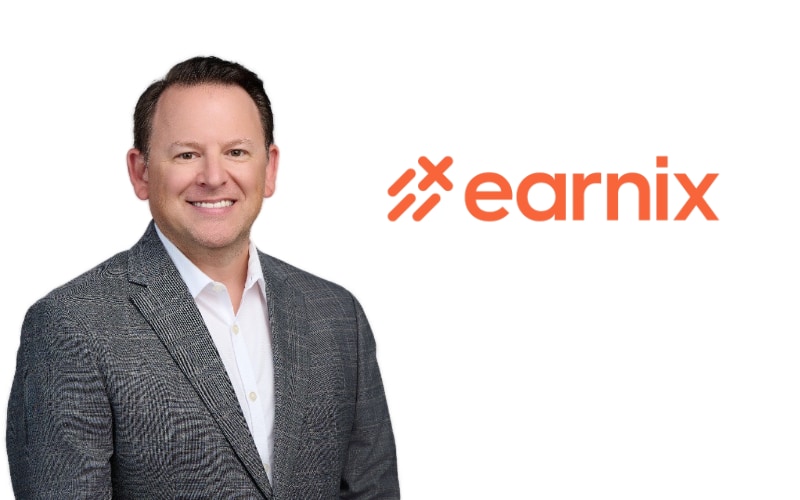Room for wider and deeper AI adoption among re/insurers: Craig Campestre, Earnix
- September 2, 2025
- Posted by: Beth Musselwhite
- Category: Insurance

In an interview with Reinsurance News, Craig Campestre, Chief Revenue Officer at Earnix, highlighted that the insurance and reinsurance industry can do more to adopt artificial intelligence (AI), emphasising the need for deeper integration, improved governance, and the rise of roles like Chief AI Officer.
While progress has been made, Campestre noted that there is still room for broader and deeper AI adoption.
“Re/insurers, for example, could further harness AI for portfolio diversification and stress-testing their exposure to emerging risks like cyber and climate-related events,” he said.
He stressed the importance of standardising AI governance frameworks to ensure fairness, transparency, and accountability, adding that re/insurers must invest in developing in-house expertise to fully exploit AI’s potential.
“This includes fostering digital literacy and promoting cross-functional collaboration to integrate AI seamlessly into both day-to-day operations and long-term strategies,” he explained.
A key trend in this direction, Campestre noted, is the growing prominence of the Chief AI Officer (CAIO) role, signalling a strategic commitment to embedding AI at the core of decision-making.
“A CAIO provides dedicated oversight for AI initiatives, ensures alignment with business goals, and bridges the gap between technical teams and executive leadership,” Campestre said. “By prioritising responsible AI deployment and scaling innovation, the CAIO can help re/insurers navigate regulatory complexities, address skills gaps, and maintain a competitive edge in a fast- evolving market.”
He added, “As the adoption of AI accelerates, having a dedicated role to oversee its implementation is likely to emerge as an example of best practice for organisations looking to remain agile, compliant and forward-thinking in 2025 and beyond.”
Campestre also predicted that AI will evolve from an optimisation tool into a fundamental driver of strategic decision-making across the re/insurance value chain.
He highlighted key areas where AI is proving particularly effective, including pricing, risk analytics, and claims management.
“For instance, re/insurers are now deploying AI-driven pricing engines that offer a more granular understanding of risk. These models account for a broader array of variables, including real-time market conditions, to create precise and adaptive pricing structures,” said Campestre.
AI is also improving loss reserving by projecting future liabilities with greater accuracy. “By analysing diverse data points – claims history, economic indicators, and even climate models – AI tools are improving reserve adequacy and supporting better financial planning,” he noted
Fraud detection is another area of success. “Machine learning algorithms are being used to identify fraudulent claims patterns with exceptional accuracy, helping re/insurers minimise losses and reduce unnecessary claims leakage. This has the dual benefit of cost savings and faster, more reliable payouts for valid claims,” he added.
AI is also proving invaluable in addressing climate risk, enabling re/insurers to model complex scenarios such as rising sea levels and extreme weather events, improving underwriting accuracy and identifying protection gaps.
“Re/insurers are also using AI to enhance capacity in climate-vulnerable areas like Florida,” Campestre explained. “By combining detailed climate data with predictive models, they can better assess risk and deploy resources more effectively.
“However, collaboration with regulators, climate scientists, and policymakers is essential to ensure AI-driven solutions are equitable and actionable.”
He also highlighted the transformative potential of generative AI (GenAI) across the re/insurance value chain, automating tasks such as policy document generation, claims summaries, and customer communications.
“For re/insurers, GenAI can also support scenario modelling and portfolio optimisation by generating tailored simulations based on market and environmental data,” he said.
However, Campestre acknowledged that challenges persist. Ensuring accuracy and ethical use is critical, as issues like data bias and model hallucination can erode trust.
“Integrating GenAI into legacy systems is another hurdle, as it often requires significant investment and organisational change,” he noted.
“Finally, regulatory compliance must be considered, with re/insurers needing to demonstrate that their AI tools are transparent and aligned with industry standards.”
This website states: The content on this site is sourced from the internet. If there is any infringement, please contact us and we will handle it promptly.



